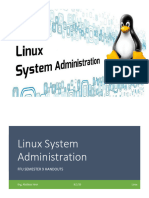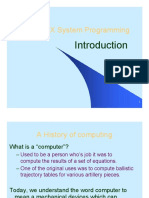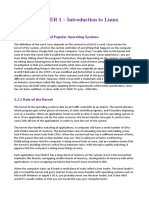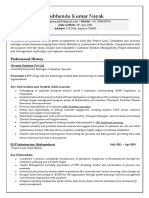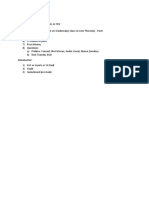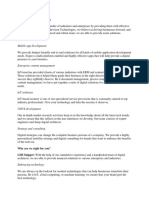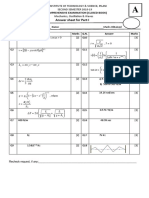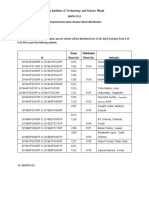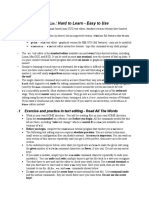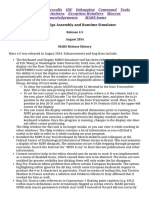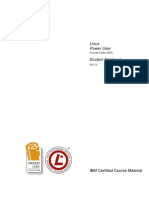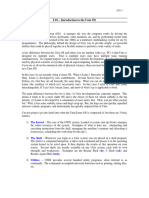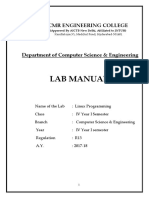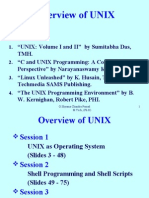0% found this document useful (0 votes)
54 views29 pagesIntroduction To Computers
This document provides an introduction to computers and programming. It discusses the different levels of transformations from problems to algorithms to programs. It also describes generations of programming languages from machine language to high-level languages. The document introduces the C programming language and operating systems, focusing on the UNIX operating system. It discusses the kernel, shell, file hierarchy, common operations, and the vi text editor in UNIX.
Uploaded by
Kishan PanpaliyaCopyright
© © All Rights Reserved
We take content rights seriously. If you suspect this is your content, claim it here.
Available Formats
Download as PDF, TXT or read online on Scribd
0% found this document useful (0 votes)
54 views29 pagesIntroduction To Computers
This document provides an introduction to computers and programming. It discusses the different levels of transformations from problems to algorithms to programs. It also describes generations of programming languages from machine language to high-level languages. The document introduces the C programming language and operating systems, focusing on the UNIX operating system. It discusses the kernel, shell, file hierarchy, common operations, and the vi text editor in UNIX.
Uploaded by
Kishan PanpaliyaCopyright
© © All Rights Reserved
We take content rights seriously. If you suspect this is your content, claim it here.
Available Formats
Download as PDF, TXT or read online on Scribd
/ 29









